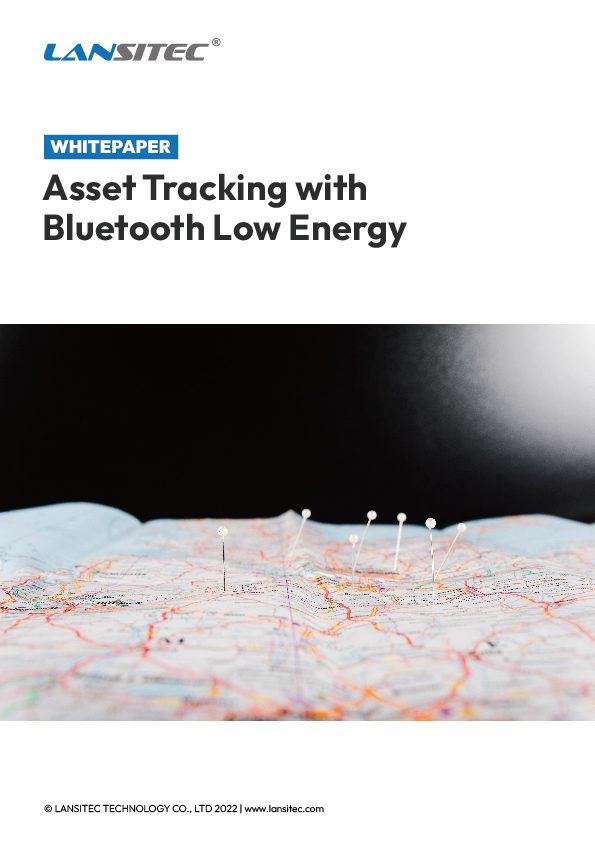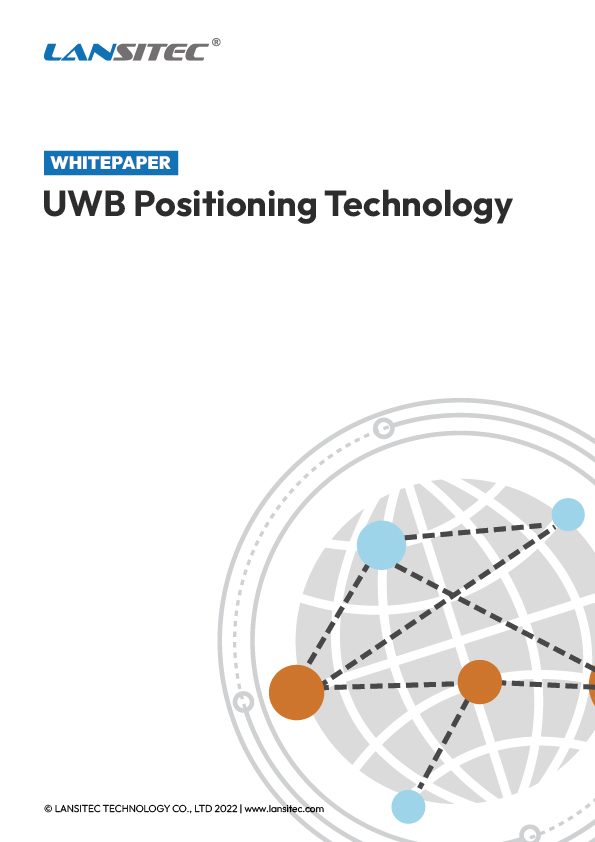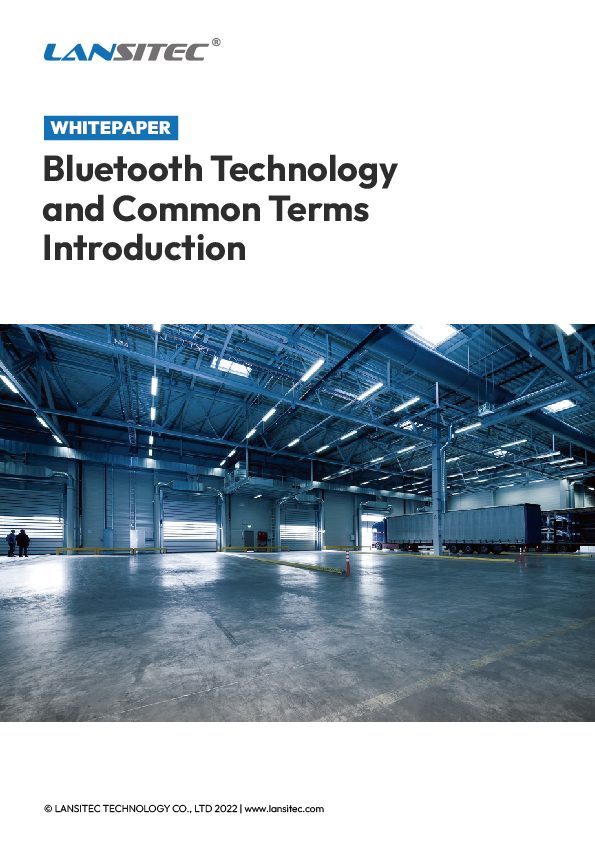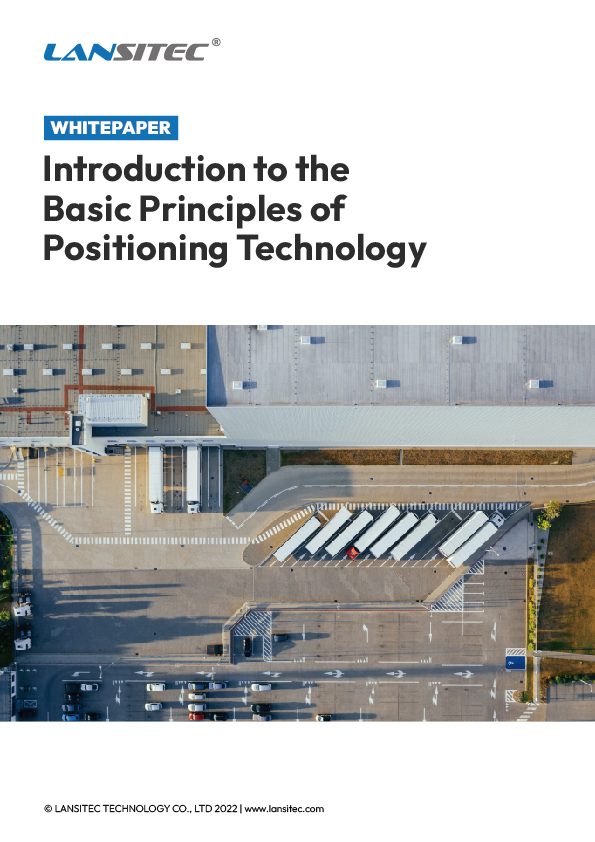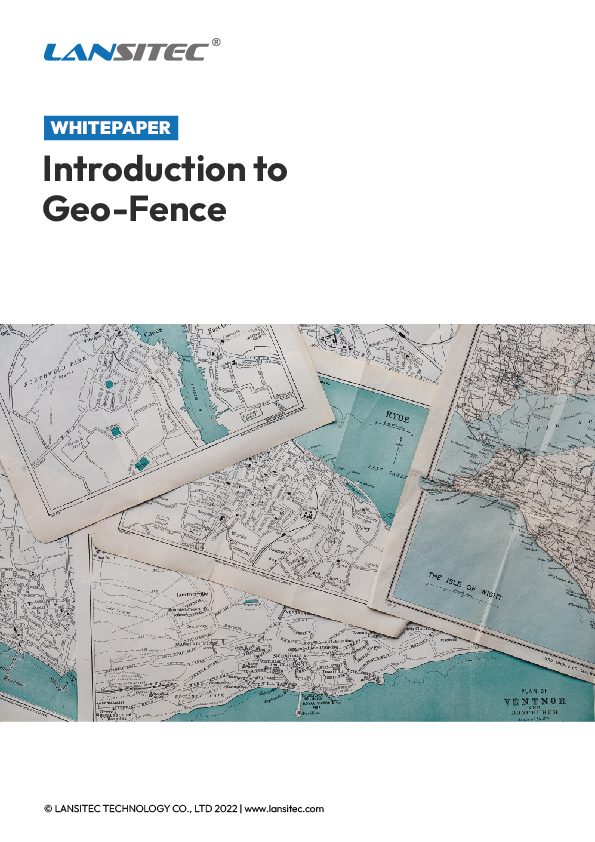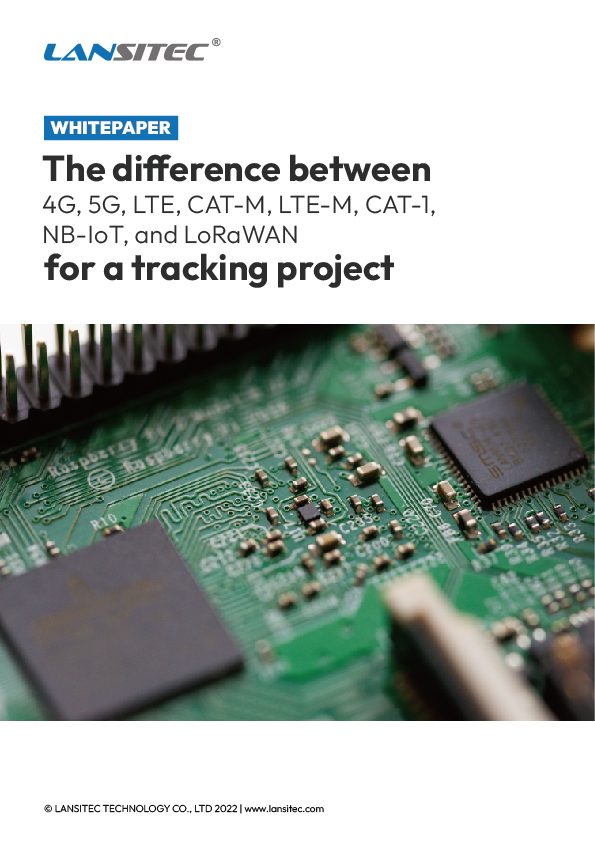When it comes to logistics and supply chain management, the ability to accurately track containers and assets is not just a convenience—it’s a necessity. As global trade continues to expand, businesses face increasing pressure to ensure that goods are transported efficiently and securely from one point to another. This is where advanced tracking technologies come into play, providing the critical data needed to monitor cargo across vast distances and through complex transportation networks.
This article aims to explore and elucidate the functionalities and strategic advantages of two cutting-edge Internet of Things (IoT) technologies utilized in container tracking: LoRaWAN and NB-IoT. Each of these technologies offers unique benefits tailored to different aspects of container logistics and there is a device that offers both. By comparing and contrasting these technologies, this piece seeks to provide insights into how they can optimize tracking operations, enhance asset visibility, and improve overall supply chain resilience. Whether you’re involved in maritime shipping, overland freight, or intermodal transport, understanding these technologies will help you make informed decisions about which tracking solutions are best suited for your specific logistics needs.
What is LoRaWAN
LoRaWAN (Long Range Wide Area Network) stands as a pivotal technology in the realm of IoT, especially suited for tracking applications that demand long-range capabilities and low power consumption. It operates on a protocol designed to connect low-bandwidth, battery-powered devices across large distances, with a range that can extend up to 15 kilometers in rural settings and around 5 kilometers in urban environments.
This makes it particularly effective for tracking containers as they move through less accessible areas or across expansive distances without the need for frequent battery replacements. LoRaWAN’s robust signal penetration is also ideal for ensuring connectivity in challenging environments, such as inside metal shipping containers or at remote ports, where traditional cellular signals might falter. The technology’s ability to provide real-time location updates, despite these hurdles, ensures that logistics operators can maintain a continuous line of sight to their assets, enhancing security and operational efficiency.
What is NB-IoT
Narrowband IoT (NB-IoT) leverages the existing cellular network infrastructure to offer wide-area connectivity tailored for applications that require continuous connectivity and greater power efficiency. Unlike LoRaWAN, NB-IoT utilizes licensed spectrum which provides it with a stable and secure connection, making it highly reliable for tracking containers in densely populated urban areas where cellular coverage is extensive. NB-IoT’s main advantage in tracking applications lies in its deep penetration capabilities, ensuring reliable indoor and underground coverage—ideal for urban logistics environments like warehouses and distribution centers. Furthermore, because it operates in the licensed spectrum, NB-IoT supports a massive number of devices over a single network, facilitating the tracking of numerous containers simultaneously without the risk of interference. Its power efficiency does not just extend battery life but also reduces the operational costs associated with maintaining large fleets of tracking devices, thereby optimizing logistics operations across global supply chains.
Together, these technologies equip logistics and supply chain managers with powerful tools to maintain an uninterrupted connection to their containers, regardless of location, ensuring that every link in the supply chain is visible and secure.
What Makes Container Tracker Stands Out
Both the LoRaWAN and NB-IoT variants of the container tracker share several key features that enhance their utility across various tracking applications:
GNSS for Outdoor Tracking: Both devices utilize GNSS technology, offering high-precision outdoor tracking with a 2.5m accuracy. This feature is critical for accurate and reliable global positioning.
Bluetooth for Indoor Precision: Each variant includes Bluetooth capabilities for enhanced indoor tracking accuracy (1 to 3 meters), suitable for navigating complex environments such as warehouses or manufacturing facilities.
IP68 Environmental Durability: With an IP68 rating, both trackers are protected against dust ingress and long-term immersion in water, making them robust in a variety of environmental conditions, including maritime settings.
3D Accelerometer: Supports motion detection and orientation changes, adding layers to the tracking capabilities and improving monitoring efficiency.
LoRaWAN-Specific Features

LoRaWAN Container Tracker
Lansitec LoRaWAN Container Tracker is designed based on GNSS, Bluetooth and LoRaWAN technology for indoor and outdoor tracking. It has an ultra-long standby time and IP68 enclosure that makes it perfect for asset tracking.
The LoRaWAN variant stands out due to its suitability for areas with limited cellular coverage and its long-range communication abilities:
Long-Range Communication: This device is capable of communicating over distances exceeding 1 km in urban areas, and even further in less congested environments, making it ideal for remote area tracking.
Extended Battery Life: Optimized for low power consumption, the LoRaWAN device boasts a maximum standby time of up to three years, minimizing maintenance and replacement needs.
LoRa Sensitivity: Features high sensitivity for LoRa signals (-137dBm @SF12, BW125kHz), which ensures reliable transmission even in challenging conditions.
NB-IoT-Specific Features

NB-IoT Container Tracker
Lansitec NB-IoT and LTE-M GNSS container tracker supports indoor and outdoor tracking, asset management with worldwide network coverage. It has 5-year battery life (30 minutes report interval) and IP68 enclosure and is perfect for tracking container, pallets, and assets in a wide are.
The NB-IoT variant leverages the widespread availability and stability of cellular networks, making it preferable for use in well-connected urban and industrial areas:
Continuous Connectivity Through Cellular Networks: Utilizes NB-IoT and LTE-M technologies to ensure reliable, continuous connectivity even in densely populated urban areas.
Fall Detection: Detects and reports falls, enhancing safety monitoring, especially in scenarios where containers might be subjected to rough handling.
Panic Button: Provides a quick response feature for emergencies, adding a layer of security for the contents and the personnel involved.
Shorter Battery Life with More Frequent Updates: While offering a shorter maximum standby time of six months, this device allows for more frequent updates due to its higher energy consumption, which is beneficial for high-value asset tracking where real-time data is crucial.
Use Cases for Advanced Container Tracking
Container Tracking in Remote Areas
The LoRaWAN device excels in remote or rural areas where cellular coverage is sparse or non-existent. Its ability to transmit data over long distances without the need for cellular infrastructure makes it indispensable for tracking containers through desolate regions such as open seas, rural farmlands, or mountainous areas. The extended battery life ensures continuous operation without frequent maintenance, which is crucial for shipments that undergo long transit periods through areas lacking technical support.
High Traffic and Urban Area Tracking
In contrast, the NB-IoT device is optimized for environments where cellular network coverage is robust and reliable. This makes it particularly effective for tracking containers in high-traffic urban areas and busy ports where cellular connectivity is consistent. The NB-IoT’s use of established cellular networks allows for real-time tracking data, essential for managing the fast-paced movement of goods in metropolitan logistics hubs, ensuring timely updates and accurate location data.
Maritime and Intermodal Transport
Both trackers play pivotal roles in maritime and intermodal transport. As containers shift from ships to trucks to warehouses, both devices provide crucial data points that help in managing and streamlining these transitions. The LoRaWAN tracker, with its robust long-range capabilities, is particularly useful for monitoring containers over open seas and in ports, while the NB-IoT device provides seamless tracking as containers move into areas with better cellular coverage, such as urban distribution centers and inland transport routes.
Construction and Equipment Tracking
Tracking containers or equipment that frequently move between construction sites is another vital application. Here, the ruggedness and environmental durability of both devices prove beneficial. The LoRaWAN device can track assets across remote or newly developing sites lacking infrastructure, while the NB-IoT variant is effective on urban construction sites where its cellular connectivity ensures it remains connected amidst the structural and electronic interferences common in such environments.
Customs and Security
The geo-fencing and tamper detection features of both devices are critical for customs and security in international logistics. Geo-fencing allows logistics companies to set virtual perimeters and receive alerts if a container deviates from its designated route, which is crucial for preventing theft and ensuring compliance with trade regulations. Tamper detection alerts can immediately notify logistics operators of any unauthorized access, ensuring that security breaches are handled swiftly. Both devices enhance security measures throughout the supply chain, from international shipping lanes to local delivery points.
Comparative Analysis:
LoRaWAN vs. NB-IoT In Container Tracking
LoRaWAN Device
NB-IoT Device
Connectivity and Coverage
Excels in remote or rural areas without stable cellular service, using long-range communication to maintain connectivity. Capable of switching seamlessly between indoor and outdoor environments, but may experience signal loss in highly urbanized or infrastructurally dense areas. Power consumption is optimized for long battery life, suitable for areas and applications where maintenance and battery replacement are challenging.
Performs best in areas with established cellular network coverage, ensuring continuous connectivity in urban and dense environments. Handles transitions between indoor and outdoor environments smoothly due to its reliance on cellular networks. Generally has higher power consumption, which may require more frequent battery changes or recharging, particularly suitable for areas where maintenance access is more feasible.
Cost-Effectiveness and Scalability
Installation and maintenance costs are lower due to less reliance on cellular infrastructure. LoRaWAN networks can be scaled with relatively low incremental costs, making it cost-effective for expanding operations in remote areas.
Higher initial costs due to the need for SIM cards and cellular service fees. However, the reliance on existing cellular networks can reduce the need for building additional infrastructure. Scalable across regions with a strong cellular presence, potentially offering lower operational costs per unit as the network expands.
Conclusion: Strategic Recommendations and the Future of IoT in Logistics
This comparative analysis has highlighted the distinct capabilities and best use cases for each tracking device. The LoRaWAN device is particularly suited for remote areas where cellular coverage is limited, offering long-range communication and extended battery life, making it ideal for international shipping routes or rural supply chains. On the other hand, the NB-IoT device excels in urban environments with stable cellular networks, providing continuous connectivity and additional safety features, ideal for tracking high-value assets in densely populated areas.
Choosing the right tracking technology depends on specific logistics needs such as the type of containers, the geographical routes they traverse, and the value of the tracked assets. For operations that span remote areas, the LoRaWAN device is recommended due to its robust range and durability. Conversely, for urban-centric operations where containers or assets require constant monitoring and quick response capabilities, the NB-IoT device is preferable. Companies should also consider the frequency of access to sites for maintenance when choosing between devices with different battery life expectations.
Looking forward, IoT tracking technologies are poised for significant advancements with the integration of AI and machine learning, which could further enhance predictive analytics and real-time decision-making. These improvements are expected to increase the efficiency and security of supply chains, reducing costs, and improving service delivery. Additionally, as global connectivity standards evolve, there may be an increase in hybrid devices that combine the best features of LoRaWAN and NB-IoT technologies, offering unparalleled flexibility and coverage. This evolution will undoubtedly continue to transform the logistics sector, driving innovations that make tracking more accurate, reliable, and cost-effective.
The landscape of IoT tracking technologies is rapidly evolving, and staying abreast of these changes is crucial for logistics and supply chain managers aiming to leverage the latest innovations to bolster their operations and competitive advantage.

